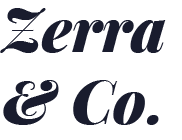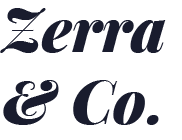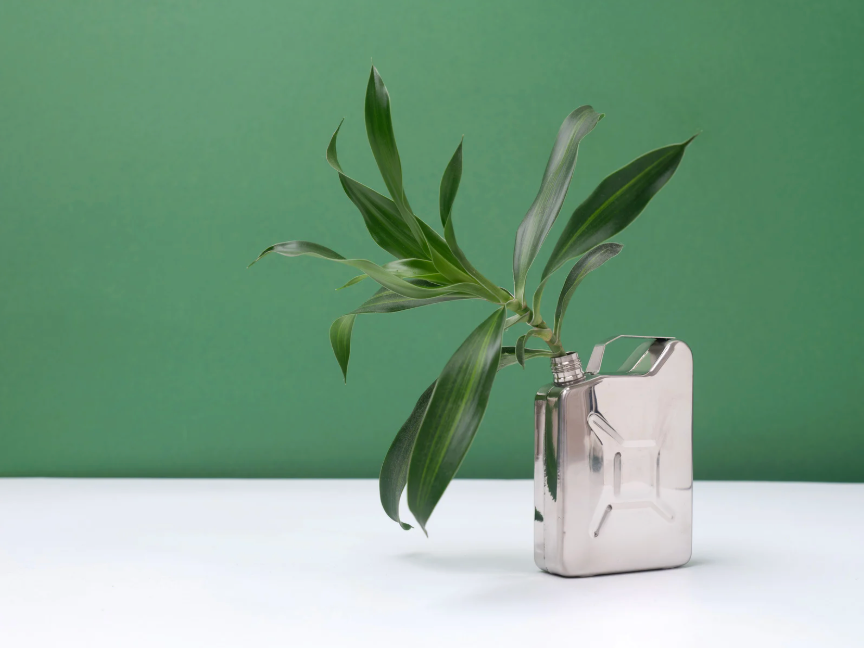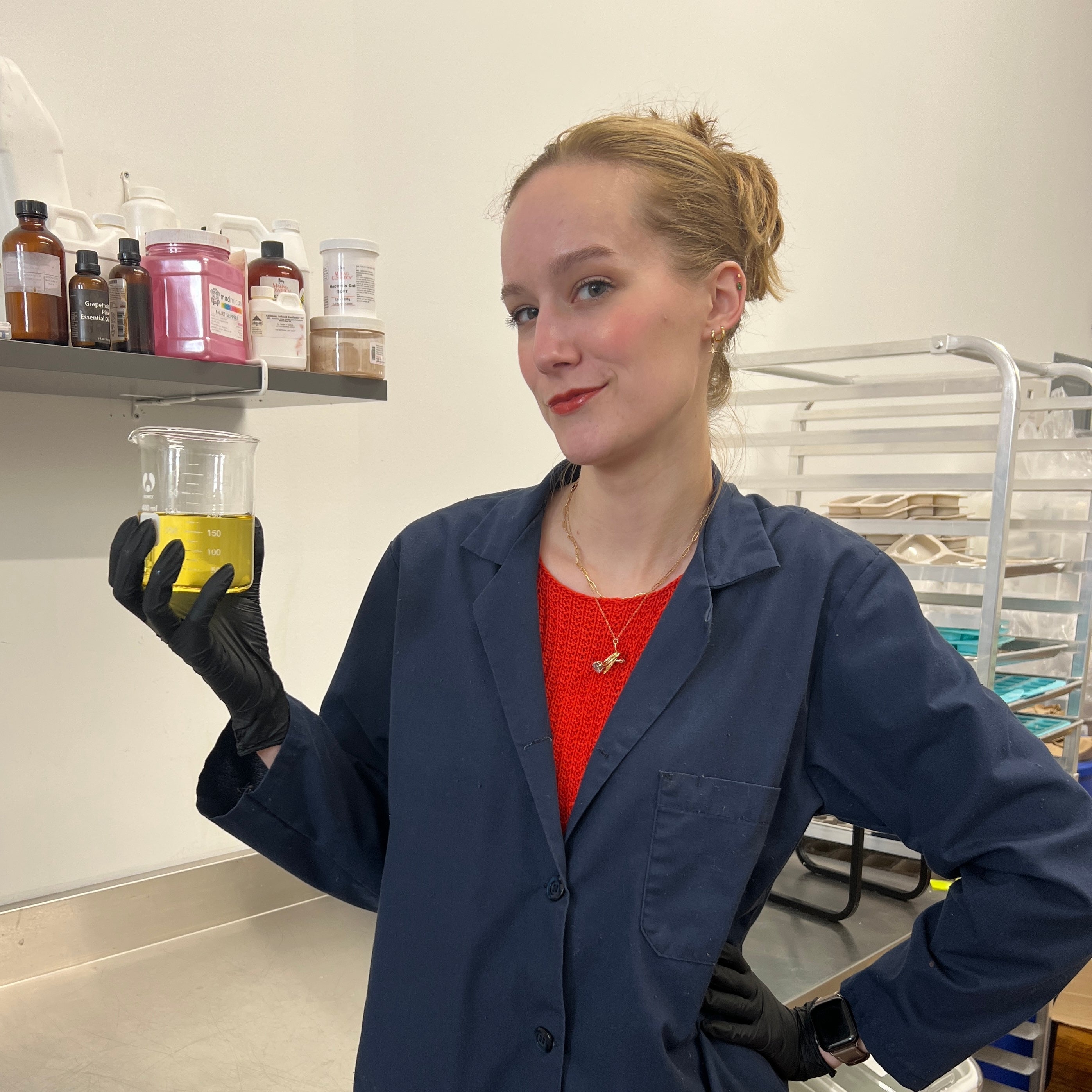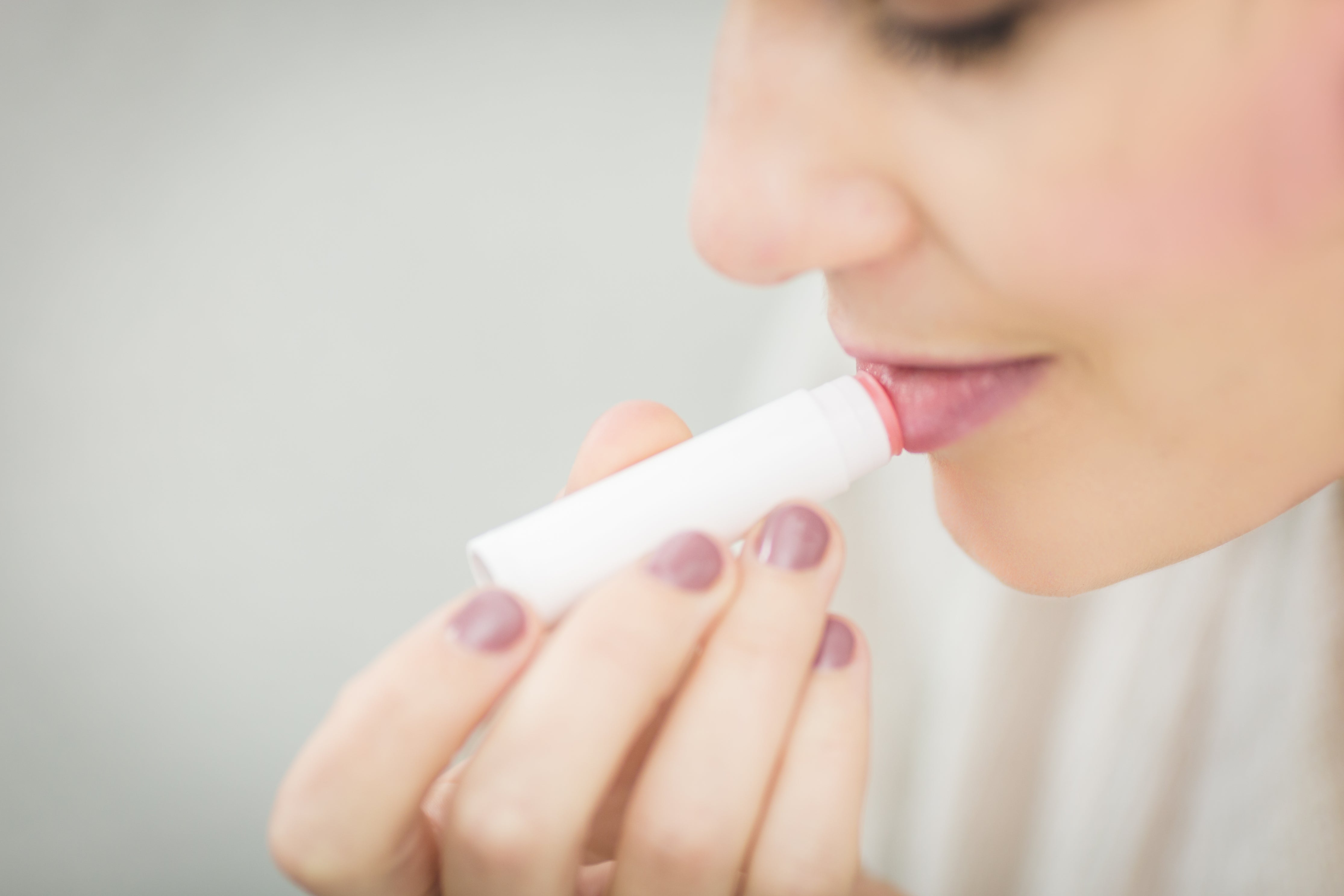How Sustainable is Terracycle and Nordstrom BEAUTYCYCLE?
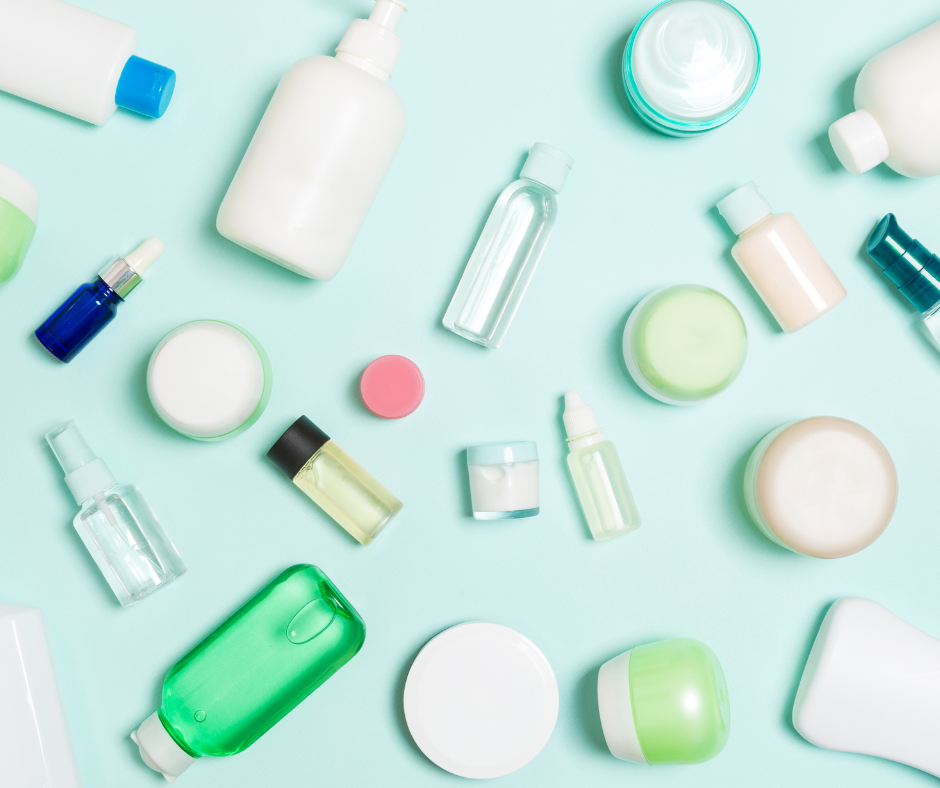
Specialty recycling drop-off boxes like Nordstrom’s BEAUTYCYCLE - and the privately owned recycling plants they end up at like Terracycle - have become all the rage in the last few years to help you recycle your impossible to recycle products. The question is, are they actually sustainable or are they just trash cans in disguise?
The answer to this question, like so many others when it comes to sustainable living, is “it’s complicated.”
Let’s get into it.
What is BEAUTYCYCLE?
BEAUTYCYCLE is Nordstrom’s recycling partnership with Terracycle, in which they set up free collection boxes in their stores for certain hard to recycle beauty product containers. Those items will then be sent to Terracycle’s privately owned recycling plants.
As of writing this, you can currently recycle:
- Shampoo and conditioner bottles and caps
- Hair gel tubes and caps
- Hair spray bottles and triggers
- Hair paste plastic jars and caps
- Lip balm tubes Face soap dispensers and tubes
- Lotion bottles, tubes, dispensers, and jars Shaving foam tubes (no cans)
- Lip gloss tubes Mascara tubes
- Eye liner pencils and cases
- Eye shadow and tubes
- Concealer tubes and sticks
They do not accept:
- Aerosol cans
- Perfume bottles
- Nail polish bottles
- Nail polish remover bottles
- Electronic items such as blow dryers and straighteners
- Bio-medical or bio-hazardous waste or any contents of packaging
How Does Terracycle work?
Terracycle works differently from your typical curbside recycling plants in that they are specifically designed to recycle the containers that are more difficult to recycle. They have to have more meticulous sorting processes in order to properly recycle all the different types of plastics and materials, which you can read about on their website in depth, but the here’s the gist of it:
First, they sort out anything that isn’t accepted.
Then, they shred and wash the materials to be further separated by plastic types, metals, glass, and aerosols (which are collected and recycled separately with a specialized aerosol recycler).
Lastly, they sell those materials to manufacturers to produce new products like shipping pallets, thermoform packaging, piping, conduit and other industrial products, outdoor furniture, or they use them for their own line of products.
The Benefits of Recycling Plastic
One of the hardest pills to swallow when it comes to environmentalism is that plastic is here, and it’s here to stay. If we’re being realistic about the modern world, plastic is cheap, it’s lightweight, it’s versatile, and we’ve already got tons of it at our disposal. We can’t snap our fingers and make it all disappear at this point so our best option is to find the most sustainable way to deal with what we’ve got.
First and foremost, recycling plastic keeps it out of landfills for the time being. It’s important to remember that plastic can’t be recycled indefinitely so eventually it will end up in a landfill, but we should recycle as much as possible while we can.
Recycling plastic also cuts back on resources used to create virgin plastic as well as the carbon emissions produced from the manufacturing process start to finish. Plastic is derived from petroleum - a non-renewable resource - which is mostly collected from oil drilling or fracking. Prioritizing recycled plastic significantly cuts back on the amount of crude oil we extract for virgin plastics.
Most carbon emissions from plastic are caused by producing it, so using recycled plastic also helps us cut back on emissions - according to the Association of Plastic Recyclers, recycled plastic has been shown to reduce total energy consumption by 79% for PET, 88% for HDPE and 88% for PP.
Is Terracycle Really Sustainable?
So if recycling plastic is more sustainable than creating virgin plastic, that must mean Terracyle and other drop-off recycling programs like Nordstrom’s BEAUTYCYCLE must be sustainable, right?
This is where we set our relationship status with Terracycle to “it’s complicated”.
Ultimately, Terracycle is tackling the issue of putting our plastic pollution to use and helping keep it out of landfills and oceans, which we love! Considering only about 9% of plastic actually gets recycled, we’re stoked that programs like this help us recycle the things that can’t be easily recycled in our curbside recycling (say that 10 times fast).
That being said, these programs aren’t without fault. The truth is, programs like Terracycle help us deal with these problems after the fact, but they certainly don’t stand in the way of brands contributing to our plastic crisis in the first place.
Terracycle Partners with Top Polluters
Terracycle partners with some of the world’s top plastic polluting brands such as Coca-Cola, PepsiCo, Nestle and more. On one hand, this seems great, because Terracycle is diverting this plastic pollution away from trash cans. But is this just a teeny tiny band-aid?
Ultimately these brands continue to create more and more plastic pollution with little initiative to actually correct the problem. Partnering with Terracycle provides them with a new opportunity to greenwash and convince consumers that they are making big moves towards sustainability, when in reality they’re just handing their problems off to Terracycle to deal with.
There’s also no real transparency from these brands as to how much of the plastic they produce is actually being recycled. Terracycle says they can’t give us those percentages and to contact the brands directly for answers, but we know these brands are notorious for keeping these figures in the dark.
According to an article from Ethical Consumer on the sustainability of Terracycle, “Nestle produces enough plastic waste to cover more than 15 football pitches a day. We made a rough calculation to work out how much packaging has been recycled through the Nestle-funded TerraCycling programme, and found that it equates to recycling less than one in 25,000 Nestle wrappers.”
When we consider figures like these, it’s clear to see that while Terracyle might be helping the problem of plastic pollution from top producers, it’s far from solving it.
Is Nordstrom Greenwashing?
When I read through Nordstrom’s BEAUTYCYCLE information page, there’s little to no information about Nordstrom’s environmental initiatives at all aside from vague goal statements with no serious action plans to actually achieve those goals.
They start by saying, “We aim to take back 100 tons of beauty packaging by 2025, and we'd love to help you move toward a zero-waste beauty routine.” But what are they doing to create or promote products that actually reduce plastic consumption overall? There are no percentages of how many plastic containers they sell vs. how many are actually recycled through this program.
Beneath this statement is a button labeled “Sustainable Beauty” which takes you to a page of “sustainable beauty products” - most of which aren’t particularly sustainable. Many products are packaged in plastic with no explanation as to why it’s considered sustainable by their standards.
They also feature many bottles of perfume which, if you remember, they distinctly state aren’t accepted through BEAUTYCYCLE. Sure, the glass bottles might get recycled through some curbside recycling, but the plastic components will surely end up in a trash can.
We would love to see more transparency, efforts to promote zero waste and low waste products and brands, and more concrete action plans to reduce Nordstrom’s footprint overall.
Terracycle’s Response to Greenwashing Claims
Terracycle’s greenwashing issues were brought to light when Last Beach Cleanup filed a lawsuit against Terracycle for “deceptive” recycling claims to do with brand limits on how many products were actually allowed to be recycled through the program.
Terracycle now says they are directing their profits towards a more sustainable division of the company, Loop, which focuses on partnering with brands to provide reusable container options with the goal of creating a circular supply chain.
Terracycle’s CEO, Tom Szaky said “Recycling—whether through TerraCycle or through municipal recycling—is only a Band-Aid. We believe reuse is the right answer and we’re continuing to pour all our profits into making Loop work.”
Our Final Verdict
Ultimately, we are not saying you should avoid Terracycle, Nordstrom BEAUTYCYCLE, or programs like it. Chances are, we all have some plastic beauty packaging that needs somewhere to go, and these drop-off programs or their paid counterparts are much better options than dumping them in the trash.
That being said, it’s important not to let these programs lead us into believing they solve the problem of plastic pollution, nor should we rely on them solely to create a truly sustainable beauty routine.
Instead, focus on using what you have, reducing consumption overall, and voting with your dollar by supporting brands that prioritize sustainability and offer full transparency about their efforts.
If you’re ready to restock your makeup bag or skincare cabinet with sustainable beauty products, check out our zero waste and low waste cosmetics and feel free to reach out with any questions at all!
xoxo,
Brittney Kiera
Content Curator - Zerra & Co.
